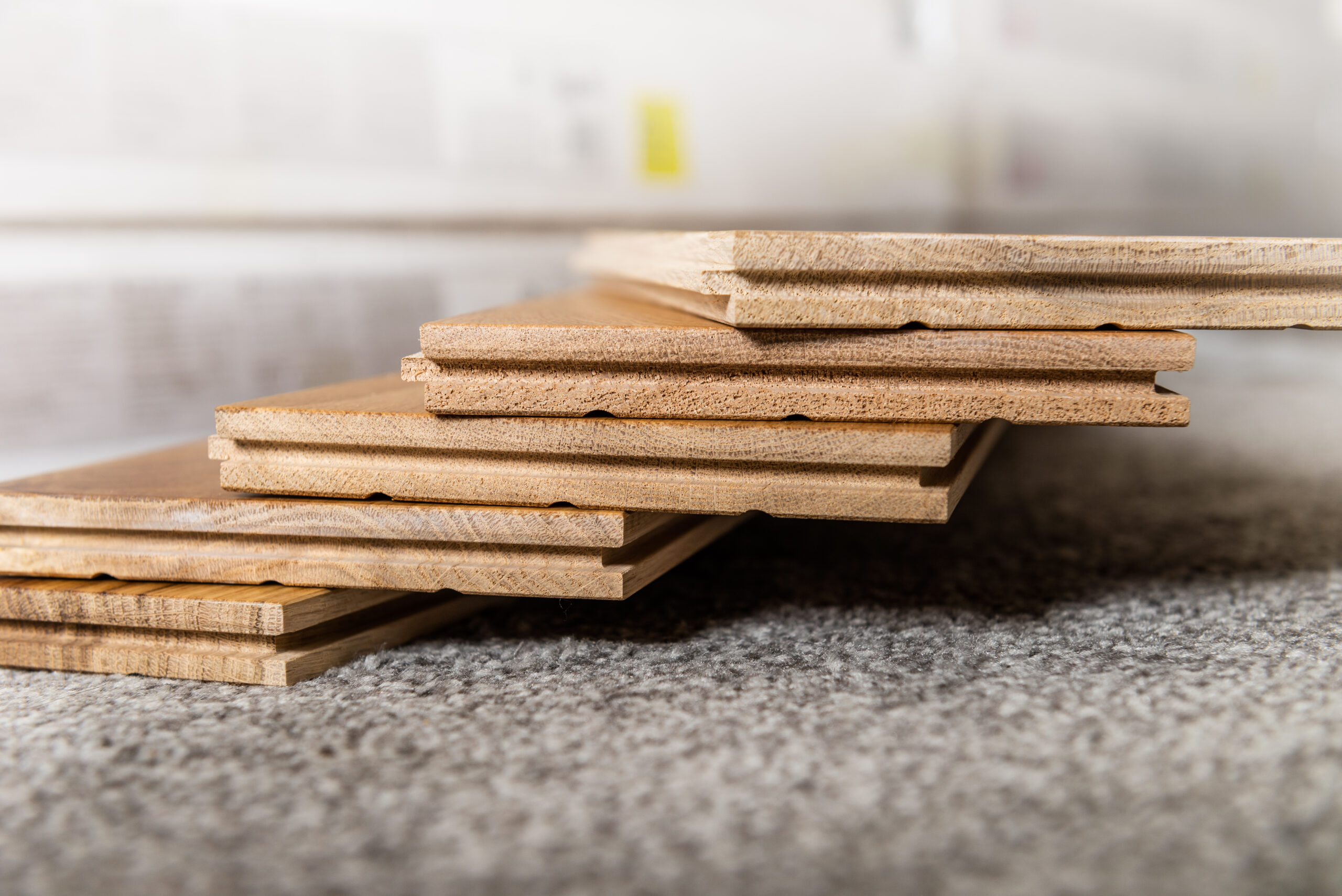As environmental awareness grows, sustainable home design has become more than a trend—it’s a movement toward creating comfortable, energy-efficient spaces that respect and preserve natural resources. For homeowners in Midland, Michigan, embracing sustainable design means making choices that benefit not only the environment but also the comfort, longevity, and cost-efficiency of their homes. This blog post explores sustainable design principles and how they can be thoughtfully integrated into new builds and remodels, transforming homes into eco-friendly sanctuaries.
1. Understanding Sustainable Design: More Than Energy Efficiency
While energy efficiency is a major component of sustainable design, there’s much more to it than that. Sustainable design considers a home’s total environmental impact, from construction materials to water usage, indoor air quality, and long-term durability. The goal is to minimize environmental harm while enhancing the quality of life for those inside. In Midland, where four distinct seasons require homes to handle varied weather conditions, sustainable design also means building homes that are resilient, adaptable, and comfortable year-round.
2. Key Principles of Sustainable Home Design
Sustainable design focuses on maximizing resource efficiency while minimizing waste and pollution. Here are some foundational principles that can be incorporated into sustainable home projects:
- Energy Conservation: Reducing energy demand through well-insulated walls, energy-efficient windows, and climate-responsive design helps lower utility bills and environmental impact.
- Water Efficiency: Features such as low-flow fixtures, efficient irrigation, and rainwater harvesting can significantly reduce water usage and ensure that this precious resource is conserved.
- Durability and Longevity: Building with long-lasting materials that require minimal maintenance reduces the need for replacements and repairs over time, saving both resources and money.
- Indoor Air Quality: By choosing low-VOC (volatile organic compound) paints, finishes, and materials, along with proper ventilation systems, sustainable design promotes healthier indoor air quality, enhancing comfort and reducing health risks.
3. Sustainable Materials: Building with the Planet in Mind
The materials used in construction play a vital role in sustainable design. For homeowners looking to build or remodel in an eco-friendly way, choosing materials that are renewable, recycled, or responsibly sourced can greatly reduce a project’s environmental footprint.
- Bamboo and Cork: Fast-growing, renewable, and durable, bamboo and cork are excellent sustainable alternatives to hardwood flooring.
- Recycled Steel and Reclaimed Wood: Using recycled steel and reclaimed wood for framing and finishes helps reduce waste and energy consumption associated with new material production.
- Low-Impact Insulation: Options like cellulose (made from recycled newspaper) or natural wool offer effective insulation with minimal environmental impact, enhancing energy efficiency without harmful chemicals.
- Locally Sourced Stone and Brick: Choosing materials from local suppliers reduces the carbon footprint associated with transportation and supports local economies.
4. Designing for Energy Efficiency: Smart Strategies for Sustainable Living
Reducing energy consumption is one of the most impactful ways to create a sustainable home. Here are some strategies to consider:
- Passive Solar Design: A well-designed home can harness the power of the sun for natural heating and lighting. By orienting windows and living spaces to maximize sunlight in winter and minimize heat gain in summer, passive solar design reduces the need for artificial heating and cooling.
- High-Performance Windows: Double- or triple-pane windows with low-emissivity (low-E) coatings help regulate indoor temperatures, reducing heat loss in winter and heat gain in summer. These windows are essential for maintaining a comfortable indoor environment with lower energy use.
- Efficient HVAC Systems: Heating, ventilation, and air conditioning (HVAC) systems account for a large portion of a home’s energy use. Investing in energy-efficient HVAC systems, such as heat pumps or geothermal systems, can make a significant difference in energy consumption and cost savings.
- Smart Thermostats and Home Automation: Technology can play a big role in sustainable design. Smart thermostats and home automation systems help monitor and manage energy usage, allowing homeowners to reduce waste and maintain optimal temperatures effortlessly.
5. Water-Saving Features: Designing with Water Efficiency in Mind
Water scarcity is a growing concern, and sustainable design includes steps to conserve water without sacrificing comfort. Here are some water-saving features to incorporate:
- Low-Flow Fixtures and Dual-Flush Toilets: Today’s low-flow faucets, showerheads, and toilets are designed to conserve water without compromising performance. Dual-flush toilets, in particular, allow users to select the amount of water needed for each flush, reducing overall water use.
- Rainwater Harvesting: Installing a rainwater harvesting system allows homeowners to capture and store rainwater for non-potable uses, such as irrigation and landscaping. This reduces demand on municipal water systems and provides a sustainable source of water for outdoor use.
- Greywater Systems: Greywater systems capture used water from sinks, showers, and laundry to be recycled for purposes like toilet flushing and irrigation, helping to maximize every drop.
6. Enhancing Indoor Air Quality: Healthy Homes for Healthier Living
Sustainable design not only considers the planet but also the health of those who live inside the home. Improving indoor air quality is crucial for creating a comfortable and healthy environment.
- Low- or Zero-VOC Materials: Many traditional paints, adhesives, and finishes contain volatile organic compounds (VOCs), which release harmful chemicals into the air. Choosing low- or zero-VOC options promotes healthier air quality.
- Air Filtration Systems: High-quality HVAC systems with advanced filtration can help reduce dust, allergens, and other particles in the air. Homes with good ventilation systems promote a consistent exchange of fresh air, which is particularly important in well-insulated homes.
- Natural Ventilation: A sustainable home design can incorporate cross-ventilation to allow fresh air to circulate throughout the house. Placing operable windows strategically helps regulate indoor temperatures naturally, reducing the need for air conditioning.
7. Renewable Energy Sources: Investing in a Clean Future
For homeowners looking to reduce their reliance on fossil fuels, incorporating renewable energy sources can be a game-changer. Solar panels, wind turbines, and geothermal systems are options that allow homes to generate some, or even all, of their own energy.
- Solar Panels: In Midland’s climate, solar panels are an excellent choice for those looking to offset a portion of their energy use. Advances in solar technology have made these systems more affordable and efficient than ever.
- Geothermal Heating and Cooling: By utilizing the earth’s stable underground temperatures, geothermal systems offer an efficient way to heat and cool a home. Although the initial investment can be significant, geothermal systems provide long-term savings and reduce greenhouse gas emissions.
8. Sustainable Design for the Long Haul: Planning for Future Generations
Sustainability isn’t just about the present; it’s about planning for the future. Sustainable homes are built to last, with designs that can adapt to the changing needs of their occupants. Features like flexible floor plans, adaptable spaces, and durable materials ensure that a sustainable home remains functional and relevant over time.
Additionally, incorporating green building practices, such as following LEED (Leadership in Energy and Environmental Design) standards or other green certifications, can add value to a home and provide assurance that it meets rigorous environmental criteria.
Why Sustainable Design Matters in Midland
Sustainable design is more than a commitment to eco-friendliness; it’s an investment in the health, comfort, and value of your home. In Midland, where families experience four distinct seasons, a sustainable home provides a consistent, comfortable environment that minimizes energy use and costs. By embracing sustainable materials, reducing water and energy consumption, and enhancing indoor air quality, homeowners can create a home that meets today’s needs without compromising tomorrow’s resources.
Whether you’re building a new home or remodeling an existing one, incorporating sustainable design principles is a step toward a greener, healthier future. Sustainable homes aren’t just better for the planet—they’re better for the people who live in them, too. As more Midland homeowners choose sustainability, the community moves closer to a collective goal: a legacy of responsible, thoughtful design that benefits both the present and future generations.
Interested in building a new home? Let’s get started.
Contact Benner Builders today to schedule a consultation and start turning your vision into a reality.


